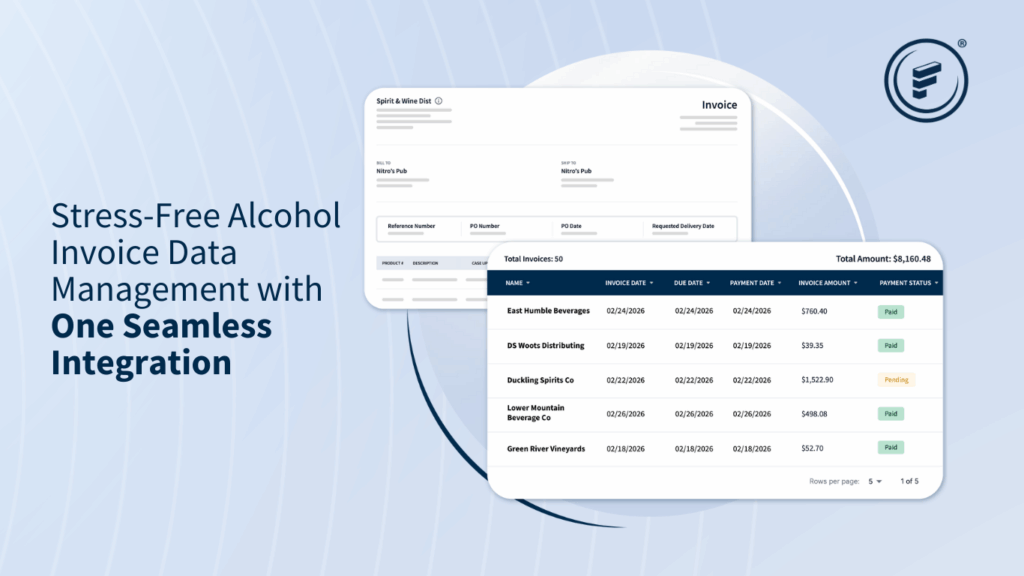You know the drill – from a busy Friday night rush to a big catering order, every single transaction adds up. And so do the debit fees. For years, these “swipe fees” have been a major point of contention in the retail world, quietly eating away at your bottom line. Well, there’s a huge legal development with debit fees that has the payments industry buzzing, and it’s a conversation you’ll want to be a part of.
A federal judge just ruled that the Federal Reserve went a bit too far when it originally set the cap on these debit fees under a rule called Regulation II. The lawsuit argued that the Fed exceeded its authority by including certain costs that aren’t directly related to simply processing a transaction.
Specifically, the court found that the Fed improperly included four key cost categories when calculating the fee cap:
- Fixed ACS Costs: Think of these as the overhead for keeping the lights on. They’re the costs of maintaining accounts and the infrastructure for authorization, clearance, and settlement, regardless of how many transactions are processed.
- Fraud Losses: This is the money a bank loses when a fraudulent transaction occurs. It’s a direct loss on a specific transaction.
- Transaction-Monitoring Expenses: These are the costs for the tech and systems that constantly check for fraud. It’s the cost of the security guard, not the cost of the theft itself.
- Network Processing Fees: These are the tolls the bank pays to credit card networks like Visa and Mastercard for using their payment rails.
Why This Ruling is a Big Deal for Your Business
For alcohol retailers, every cent counts. You operate on tight margins, navigating inventory costs, licensing fees, and compliance regulations. Swipe fees are a major operating expense, often second only to labor.
To put this in perspective, merchants across the U.S. paid a record $187.2 billion in swipe fees in 2024, which is a 70% increase since the pandemic. For an individual retailer, these fees can quickly add up, directly impacting the profits you make on every bottle of wine, case of beer, or liquor sale. This decision suggests the current fee cap was set unfairly high, which means that the rules governing what banks can charge might need to be rewritten.
This isn’t just a small change—it could lead to real savings for your business over time. By challenging the status quo, this ruling is a huge step toward creating a more transparent and equitable payments system that puts more money back in the hands of merchants, where it belongs.
What Happens Now?
For the moment, nothing has changed immediately. The judge’s decision has been put on hold to give the Federal Reserve time to appeal. This process could take a while to play out, so the current fees remain in place for now.
But don’t worry, we’re on top of it. This is a developing story with the potential to reshape how you handle payments, and we’ll be keeping a close eye on all the latest updates.
Our goal is to be your go-to resource for navigating significant changes like this. We’ll be here to keep you informed every step of the way, so you can stay focused on what you do best: running your business.
For more information on alcohol regulations across the nation, please click here.






